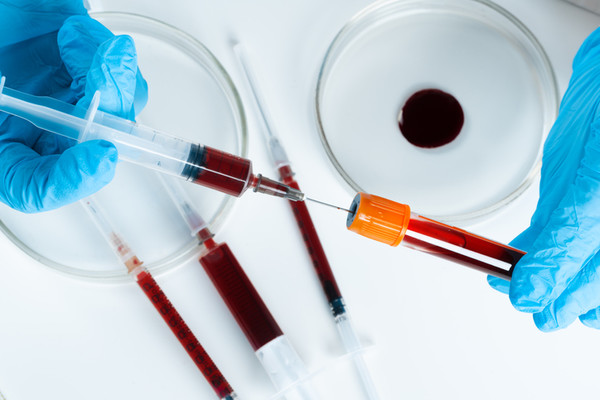Patients with hemophilia, a bleeding disorder caused by a deficiency of blood clotting factors, have long been limited in their activities due to the risk of bleeding. If they moved too much, their joints would swell from microbleeds, and if they exercised too hard, they could suffer a brain hemorrhage, which would threaten their survival.
That is no longer the case, however.

With the introduction of prophylactic therapy and the recent development of various new drugs, including Hemlibra and Hemgenix, hemophilia patients can now enjoy the same lifespan as the general population, which is why health guidelines have been issued for the entire life cycle of hemophilia patients.
“The World Federation of Hemophilia (WFH)’s health guidelines say to move around a lot, do at least 20 minutes of aerobic exercise, and strengthen your muscles,” said Professor Park Young-shil of the Department of Pediatrics and Adolescents at Kyung Hee University Hospital at Gangdong in the hemophilia talk show on the YouTube channel “I am a doctor.”
Physical activity, including exercise, is important for maintaining physical and mental health in people with hemophilia. It also affects growth and development in young children.
Exercise is increasingly important for people with hemophilia for another reason -- people with hemophilia have low bone density, which puts them at high risk for osteoporosis.
“Osteoporosis has received much extra attention (in the hemophilia community) lately,” Professor Park said. “After all, not just the joints but the density of the bones is lower in hemophilia patients. I see quite a few hemophiliacs with low bone density in my clinic, and they're a bit more prone to fractures.”
What is the actual prevalence of osteoporosis in hemophiliacs, then?
“According to one report, osteoporosis was confirmed in about 27 percent of hemophiliacs,” Park said. “There are also reports of about 43 percent of hemophiliacs with low bone density but not osteoporosis.”
There are reasons for low bone density in hemophiliacs.
“The inflammatory substances in synovitis, caused by repeated joint bleeding, can eventually cause bone loss,” Professor Park said. “It is also suggested that bone mass decreases due to reduced activity resulting from repeated joint bleeding.”
For this reason, low bone density in people with hemophilia has been linked to “hemophilia severity.” As a result, hemophiliacs need to be proactive in their preventive therapy and increase their bone density through aerobic and strength training to live a healthy old age.
In this regard, it is necessary to change preventive therapy for people with hemophilia. Previously, the beginning of preventive therapy for hemophilia patients was to maintain the activity level of the deficient blood clotting factor above 1 percent. Now, the activity level of the blood clotting factor is required to be higher than 1 percent.
“As the disease has been increasingly treated, it has been said that 1 percent may not be enough and 3-5 percent is needed to prevent joint damage more effectively,” Park said. “More recently, however, they say 10-15 percent is needed to prevent bleeding effectively.”
Related articles
- JW Pharm’s Hemlibra 1st to reduce bleeding in Korean children with severe non-inhibitor hemophilia A
- World's most expensive hemophilia gene therapy Hemgenix may land in Korea soon: report
- Extended half-life hemophilia B therapies: what are the key selection criteria?
- Managing hemophilia allows for a full and active life, says KHF president
- CSL Behring’s hemophilia B drug Idelvion gets insurance coverage
- New test enables patients using Hemlibra to assess their hemophilia severity
- Hemlibra proves effective in improving hemophilia A patients’ joint pain
- 'Separate treatment protocols needed for acquired and congenital hemophilia A'
- Personalized prophylaxis becomes new standard in hemophilia treatment

